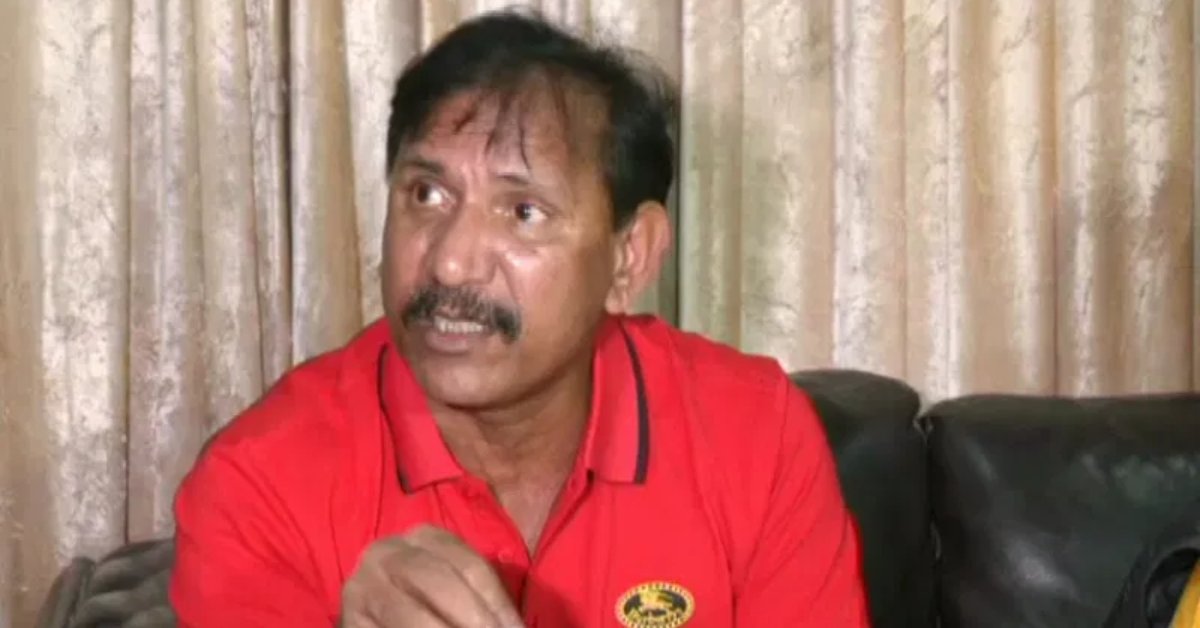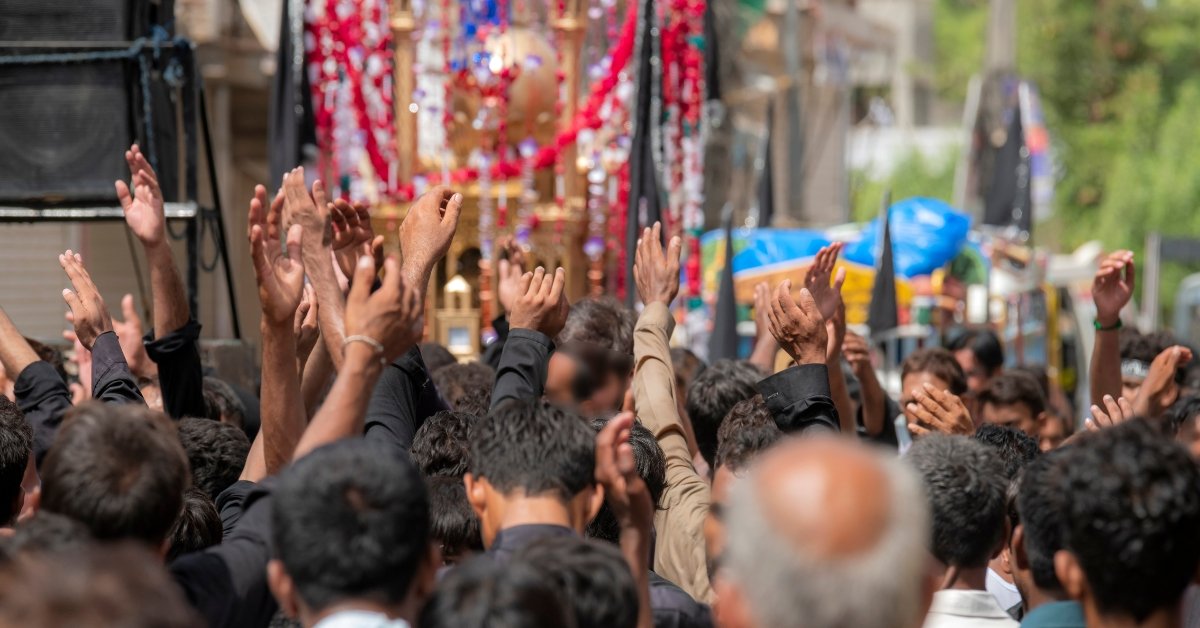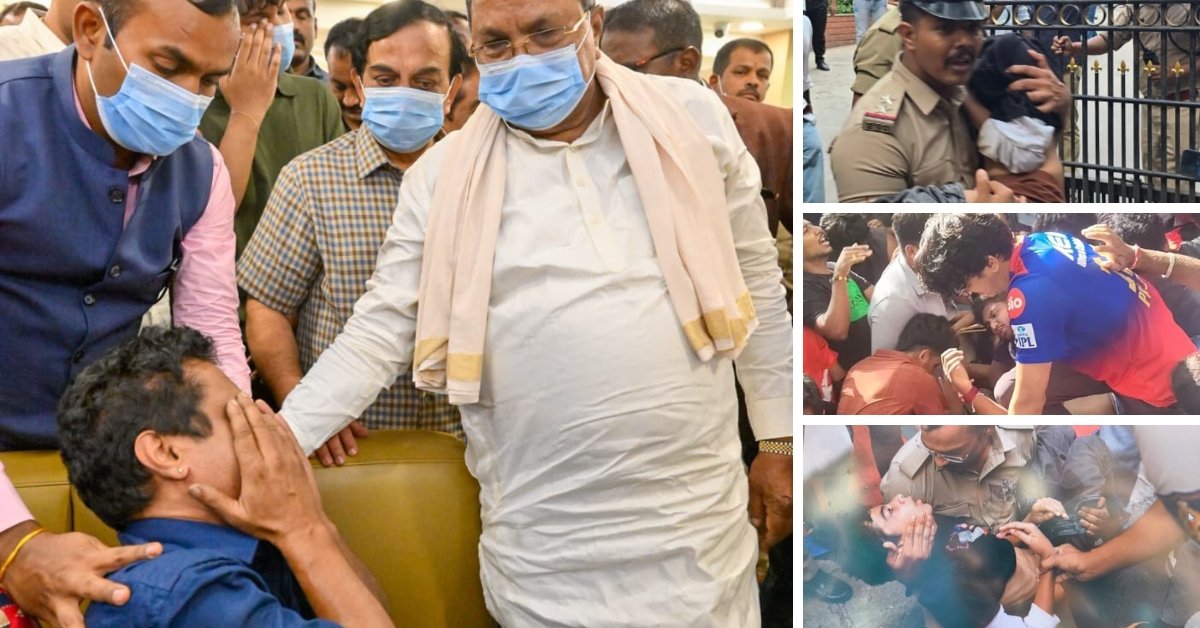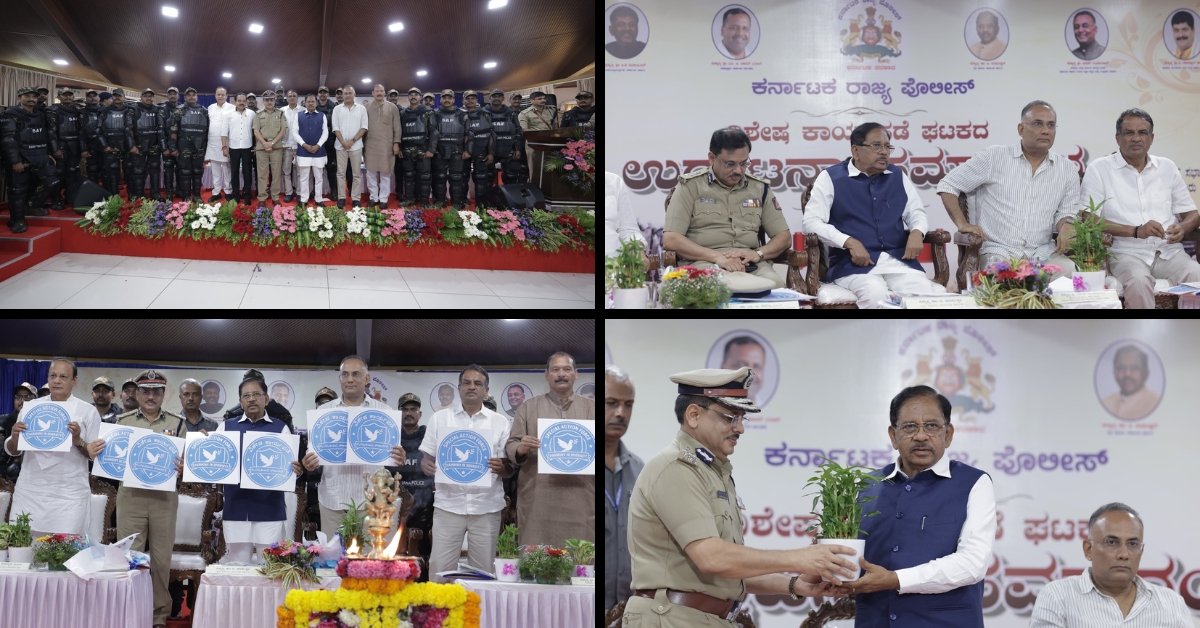Why do Dharmasthala’s residents distrust their police? Dive into the chilling mass burial allegations, Sowjanya’s unsolved murder, and a community’s fight for justice.
Table Of Contents
Introduction: A Sacred Town’s Dark Secrets
Dharmasthala, a serene temple town nestled in Karnataka’s Dakshina Kannada, is a beacon of spirituality, where the Jain Heggade family oversees sacred Hindu rituals.
However, beneath its tranquil surface, a storm is brewing.
Heart-wrenching allegations of mass burials, an unresolved rape-murder case, and accusations of police inaction have shattered the community’s trust.
Why are the people of Dharmasthala turning against their police?
What lies hidden in this holy land?
We have dug into the latest developments to bring you a gripping, human story of courage, betrayal, and a town’s desperate cry for justice.
A Whistleblower’s Chilling Revelation
In early July 2025, a former temple worker, who toiled for the Dharmasthala administration from 1995 to 2014, stepped into the spotlight with a horrifying claim.
He said he was forced to bury or burn hundreds of bodies, mostly women and young girls, many bearing signs of rape, strangulation, or acid burns.
His voice trembled as he described being threatened with death, with supervisors warning, “You will be cut into pieces and buried like them.”
He pointed to secret burial sites near the Netravathi River, chosen for their soft soil, which speeds up decomposition, erasing evidence of these crimes.
This whistleblower, a Dalit man living in fear, handed over skeletal remains to the police on July 3, 2025, as proof.
However, weeks later, the Dharmasthala police have barely acted.
No shovels have touched the alleged burial sites, and locals are furious, suspecting the police are stalling to protect powerful figures tied to the temple.
This inaction has lit a fuse under a community already scarred by injustice.
Sowjanya’s Tragedy: A Wound That Festers
The roots of distrust trace back to October 9, 2012, when 17-year-old Sowjanya, a bright student at Sri Dharmasthala Manjunatheshwara College, vanished.
The next day, her body was found near the Netravathi River, tied to a tree with her shawl, a victim of rape and murder.
The police were supposed to bring her killer to justice, but instead, they fumbled the case.
They ignored crucial evidence, such as CCTV footage from a temple-run clinic and mobile phone data, that could have identified the culprit.
The investigation was passed to the CID and then the CBI, but in 2023, Santhosh Rao, the only accused, walked free due to a lack of evidence.
Sowjanya’s family and supporters believe the real perpetrators, possibly linked to the temple’s influential leaders, were never investigated.
The pain of this failure fuels protests, like the “Dharmasthala Chalo” march planned for 2025, as the community demands answers for Sowjanya.
Betrayal By Leaks: A Breach Of Trust
The mass burial case took a darker turn when a YouTuber, MD Sameer, posted a video titled “Who Are Serial K!llrs of Dharmasthala?”
It contained details from the whistleblower’s confidential police statement, recorded on July 14, 2025, that should never have been public.
On July 17, the whistleblower’s lawyers accused the police of leaking this sensitive information, putting his life in danger.
He wrote to the Chief Justice of India, pleading for protection and a fair investigation.
The whistleblower now hides under police protection, but his lawyers say the police have threatened to abandon him, leaving the community stunned.
How can they trust a police force that cannot keep secrets safe or protect those who speak out?
Ananya’s Vanishing: Another Family’s Pain
The mass burial allegations stirred memories of another heartbreaking case.
In 2003, Ananya Bhat, a first-year medical student from Manipal, disappeared during a college trip to Dharmasthala.
Her mother, Sujatha, a former CBI worker, begged the police for help, but they dismissed her, saying Ananya had likely run off with a boyfriend.
When Sujatha approached the Heggade family, she says they insulted her instead of offering support.
In July 2025, Sujatha filed a new complaint, haunted by the thought that her daughter could be among the buried victims.
The police’s refusal to take her seriously back then, and their lack of answers now, deepens the community’s sense of abandonment.
Why Trust Is Broken
The people of Dharmasthala are fed up, and here is why they have lost faith in their police:
- No Action, No Answers: Despite the whistleblower’s evidence, including bones, the police have not dug up the burial sites. Locals wonder if they are protecting someone important.
- Sloppy Investigations: In Sowjanya’s case, the police ignored key evidence and let the trail go cold. Families like Ananya’s say their cries for help were brushed off.
- Shielding The Powerful: Many believe the police avoid investigating people close to the temple’s leader, D. Veerendra Heggade, a respected Rajya Sabha MP. This perception of bias stings deeply.
- Silencing The Truth: The police have cracked down on protests and even targeted YouTubers like MD Sameer, accusing them of spreading “misinformation.” This feels like an attempt to hush up the truth.
- A Pattern Of Neglect: The Karnataka State Commission for Women says about 400 women have gone missing or been found dead in the area over the past 20 years, with most cases ignored or poorly handled. This history of failure fuels anger.
A Community’s Fight For Justice
Dharmasthala’s people are not backing down.
They are rallying for change.
Activists are pushing for a Special Investigation Team (SIT), led by a trusted officer like Pranab Mohanty, to take over the mass burial case.
They believe only an outside team can deliver justice without bias.
Retired Supreme Court judge V. Gopala Gowda has joined the chorus, criticizing the police for failing to protect the whistleblower or act swiftly.
The “Dharmasthala Chalo” march, set for 2025, is a powerful show of unity.
Families hold photos of missing loved ones and demand accountability.
The whistleblower, living in fear, has become a symbol of courage, inspiring others to speak out despite the risks.
The Heggade Family’s Shadow
The temple, led by D. Veerendra Heggade, is the heart of Dharmasthala’s economy and culture.
However, some locals believe the police hesitate to investigate temple-linked figures because of Heggade’s influence.
He called for justice in Sowjanya’s case and urged an end to rumors, but critics, including activists, pointed fingers at temple supervisors named in the whistleblower’s claims.
Meanwhile, some politicians, like BJP MLA Arvind Bellad, dismissed the mass burial allegations as “baseless,” adding a political layer to the tension.
This divide makes people question whether the truth will ever surface.
The Police’s Side Of The Story
The Dakshina Kannada police, under SP Dr. Arun K, insist they are doing their job.
They have filed a case under the Bharatiya Nyaya Sanhita (BNS) for the mass burial claims and recorded the whistleblower’s statement.
They say they are waiting for court approval to conduct tests like brain mapping or narco analysis, but only if the whistleblower agrees.
They claim he is not cooperating, a charge his lawyers fiercely deny.
The police promise to dig up the burial sites “at the right time,” but to an angry community, these words ring hollow.
A Deeper Wound: A System Failing Women
The stories of Sowjanya, Ananya, and the mass burial victims point to a bigger, uglier truth: a system that seems to fail women.
The Karnataka State Commission for Women reports that hundreds of women have disappeared or died in the Dharmasthala area over two decades, with most cases swept under the rug.
This pattern of neglect leaves families broken and communities hopeless, wondering if justice is only for the powerful.
Conclusion
Dharmasthala’s people are hurting, their trust in the police shattered by years of inaction, secrecy, and perceived bias.
The whistleblower’s bravery, Sowjanya’s unresolved tragedy, and Ananya’s lingering mystery have united a community in a fight for truth.
Will the government deliver a fair investigation?
Can the police rebuild faith?
Moreover, will the secrets buried in Dharmasthala’s soil finally see the light?
What do you think about Dharmasthala’s struggle?
Drop your thoughts below, we would love to hear your voice!
Trivia: A Haunting Detail
Did you know? The whistleblower revealed that burial sites near the Netravathi River were chosen because the damp soil makes bodies decompose faster, hiding the crimes. This chilling detail shows the calculated effort to erase these tragedies.






